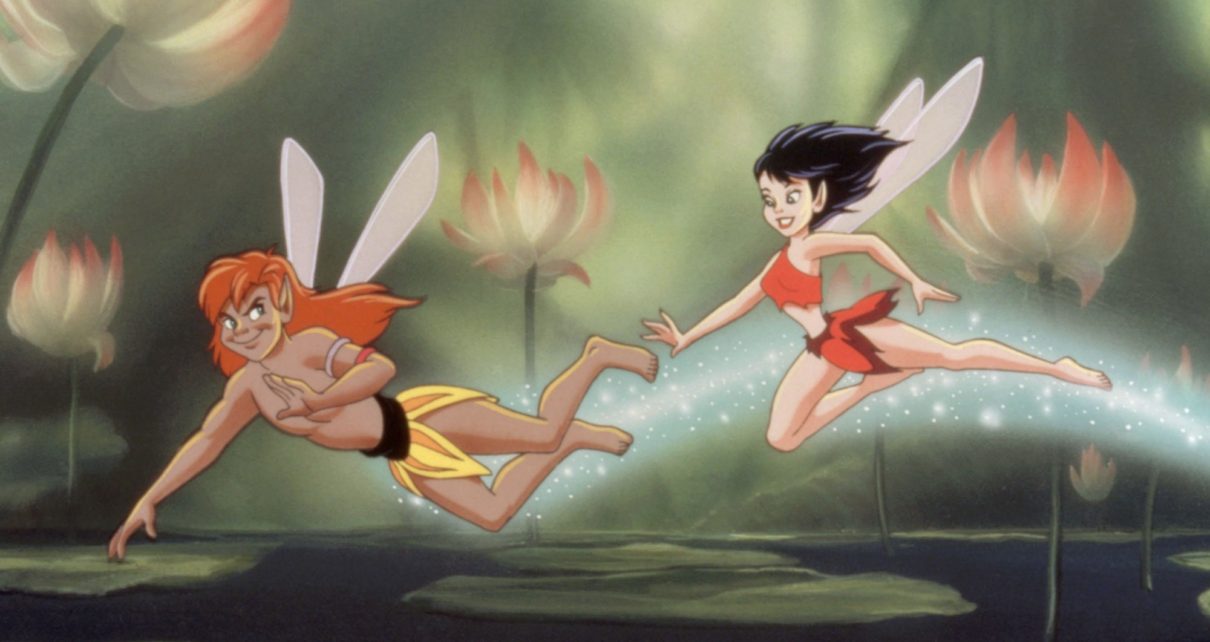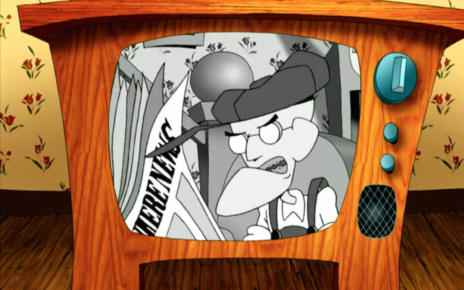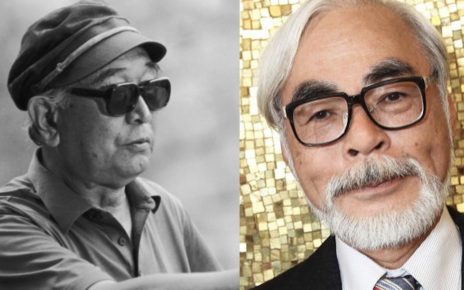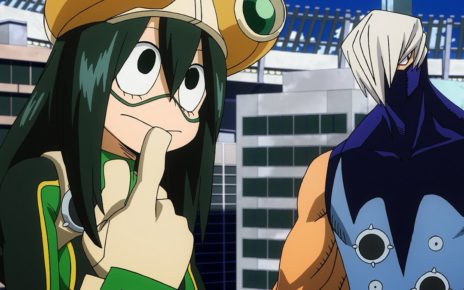Is It Still Good!? is a column measuring the continuing cultural strength of past animated products in the present. We use the mathematical formula (Force = Mass x Acceleration) as our model, where (Is It Still Good!? = Product x Decay Over Time, or, DOT). It is a proven model. Trust us. We’re the experts.
The movies of the Disney Renaissance, the decade between 1989 and 1999 during which Walt Disney Animation Studios returned to commercial and critical success with such animated features as The Little Mermaid and The Lion King, are as ubiquitous today as they were when they were first released. This is in no small part thanks to the Disney machine: you can buy a Pocahontas Barbie doll at your local Disney store, meet Belle in the Magic Kingdom at Walt Disney World Resort in Orlando, Florida, and marathon the entire Toy Story franchise on any given Saturday on Freeform. If that’s not enough, there’s probably a “live-action” remake of your favorite film of the period in the works, if not already released. (They’re animated using CGI. They’re not live-action.) We haven’t forgotten about these movies because our great mouse-eared overlords haven’t let us.
There are a handful of animated films that came out during the Disney Renaissance period, though, that seem to only exist in the memories of millennials today. These are forgotten favorites—movies that were popular at the time but didn’t have the corporate backing (or critical reception, to be frank) to become cultural touchstones. We millennials bond over our collective memories watching and re-watching these films on VHS, but wonder if they were, in fact, as good as we thought they were at the time. One of these films is the 1992 animated musical FernGully: The Last Rainforest.
I will always defend the merits of the non-Disney animated films that came out in the ‘80s and ‘90s, as I think they’re often left out of our collective cultural memories, constantly eclipsed by the Mouse. Despite this stance, I haven’t really revisited many of these films to see if they actually hold up. I’m sure I watched FernGully several times growing up, but beyond its environmentalist message and cast of fairies, I can’t say I remembered much about it before my most recent screening. My vague memories are mostly positive, though, and I am firmly on the side of “James Cameron ripped off FernGully for Avatar.” But does that mean it’s still good?
The Movie
FernGully: The Last Rainforest (1992)
The Creators
Bill Kroyer (director); Jim Cox (screenplay), Diana Young (original stories)
The Logline
“The magical inhabitants of a rainforest fight to save their home, which is threatened by logging and a polluting force of destruction called Hexxus.”
The Product
FernGully tells the story of Crysta (Samantha Mathis), a plucky young rainforest-dwelling fairy who accidentally shrinks a human lumberjack named Zak (Jonathan Ward) down to fairy size while saving him from a falling tree. The two go on a journey back to FernGully to get Zak back to his normal size, falling in love along the way. Of course, Zak hides the fact that he and his co-workers are there to destroy Crysta’s home. Meanwhile, Hexxus (Tim Curry), an evil spirit who feeds on pollution, takes control of the logging trucks and points them in the direction of FernGully. Zak finally reveals what the humans are there to do, and, changed by his time with Crysta, pledges to help fight off Hexxus. The fairies work together to trap Hexxus in a newly-grown tree, saving their home. Now the lead magical fairy person, Crysta restores Zak to his original size, and Zak convinces his lumberjack buddies to change their forest-destroying ways.
I imagine the 2019 version of FernGully would be much darker, and probably executive produced by Al Gore.
The film contains a lot of the standard tropes of animated fairy tales: a pretty young female protagonist who doesn’t really “fit” in her community, a magical old woman who won’t actually give the protagonist any real answers (she has to find them within herself!), a hunky outsider love interest, and singing animals. In fact, it kind of piles on the tropes at the expense of actual substance. Despite a long prologue in which Magi, the magical leader of the fairies, explains how humans went “extinct,” we never really learn how the fairy world works. Do they all have magic powers? What is their place in the ecosystem? The movie’s first musical number could have explained this, but instead, we get a montage of Crysta flying around the forest, flirting with a hunky man-fairy voiced by Christian Slater.
Speaking of songs, FernGully’s soundtrack comprises the strangest collection of musical genres popular in the late ‘80s and early ‘90s. There are not one but two rap songs, and about halfway through the film, a giant lizard character voiced by Tone Loc (1992, baby!) shows up, sings a song about wanting to eat Zak, does not eat Zak, and is never heard from again. The only song that sounded vaguely familiar (other than “Land of 1000 Dances,” because every good animated film needs a dance party scene set to an easily recognizable song) was the love theme, “A Dream Worth Keeping,” by Sheena Easton. This song underscores the scene where Crysta and Zak swim through a bioluminescent cave and prove that fairy sex is just holding each other’s hands until they glow. And despite having a score by legendary film and TV composer Alan Silvestri (Back to the Future, Forrest Gump), the orchestrations are very thin and heavy on the synthesizers. Again, it was 1992.
Decay Over Time
Still, there is a lot to admire about the movie. Its environmentalist message is more important today than ever, as the earth hurtles towards a swift heat-death from climate change. I imagine the 2019 version of FernGully would be much darker, and probably executive produced by Al Gore. The film also marked the voice acting debut of Robin Williams, as it was released just a few months before Aladdin, and proves just how much of a talent he was. Batty, his character, was only supposed to be in a few minutes of the movie, but Williams provided so much improv that the animators went back and gave him more screen time. Tim Curry is also still supremely creepy as Hexxus. It’s a testament to both his work and that of the animators that a disembodied ball of gas actually works as a villain.
Is It Still Good!?
While it’s not quite at the level of some of its contemporaries, FernGully makes for a fun hour and change. It’s not particularly groundbreaking or all that visually arresting, but it has a lot of heart. And for those of us nostalgic for the early ’90s, it really doesn’t get much better.
Thanks for reading The Dot and Line, where we talk about animation of all kinds. Don’t forget to follow us on Twitter and sign up for our newsletter.





